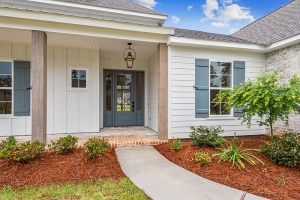 Spring brings new flowers, animals, and warm sun. Many say that spring is the time for changes. The housing market also sees a rise in home sales during this time. Here are five reasons why springtime is the best time to sell.
Spring brings new flowers, animals, and warm sun. Many say that spring is the time for changes. The housing market also sees a rise in home sales during this time. Here are five reasons why springtime is the best time to sell.
1. There’s high demand from homebuyers.
Showingtime, an app that tracks showings on homes, reported that buyer showings are up 51.5% from this time last year. The housing market is hot and buyer demand is strong.
“As anticipated, demand for real estate remains elevated and continues to be affected by low levels of inventory…On average, each home is getting 50 percent or more requests this year compared to January of last year. As we head into the busy season, it’s likely we’ll push into even more extreme territory until the supply starts catching up with demand,” says Daniil Cherkasskiy, Chief Analytics Officer at ShowingTime.
2. There aren’t enough houses for sale.
Inventory is on a record low, and buyers are high on demand. “Nationally, the inventory of homes for sale in February decreased by 48.6% over the past year, a higher rate of decline compared to the 42.6% drop in January. This amounted to 496,000 fewer homes for sale compared to February of last year,” reported Realtor.com.
According to the National Association of Realtors (NAR) “sales are skyrocketing” and the existing inventory is “continuing to drop dramatically”. The average house is only staying on the market for only 21 days.
3. You have a lot of leverage in today’s market.
Low inventory and tons of buyers make this a seller’s market. The seller currently has the upper hand in the market and can negotiate the best deals. NAR reports that bidding wars have increased on average by 3.7 offers per house.
4. It’s a great way to use your home equity.
CoreLogic reported that the average homeowner gained $17,000 in equity over the past year, and that number continues to grow as home values appreciate, in the third quarter of 2020. During this market, homeowners will find that they have a lot of equity in their homes. Equity is a type of forced savings that grow during your time as a homeowner and can be put toward bigger goals like buying your next dream home.
“As homeowners gain equity in their homes, they are more likely to consider using that equity to purchase a larger or more attractive home – the wealth effect of rising equity. In today’s housing market, fast-rising demand against the limited supply of homes for sale has resulted in continued house price appreciation,” says Mark Fleming, Chief Economist at First American.
5. It’s a chance to find a home that meets your needs.
The COVID-19 pandemic has changed the way homeowners see and live in their homes. The stay-at-home orders meant spending a lot of time at home. This extra time at home caused homeowners to re-evaluate the top desires they want in a home.
The home office, outdoor spaces and flex rooms became a must in the 2021 home search. With so many people working from home, or virtual schooling flex rooms and home offices are in high demand.
If you are in the market to sell your home, contact your local Realtor. A Realtor will not only help you navigate the market, getting you the best price and deal for your home, but will also take most of the pressure off of you from this fast pace market.

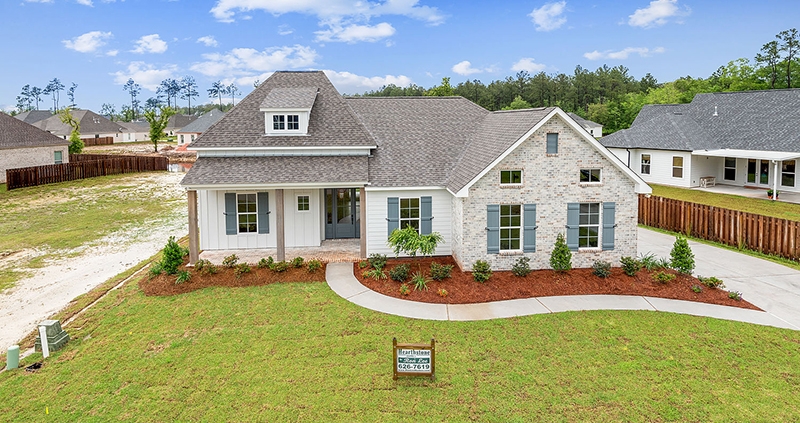
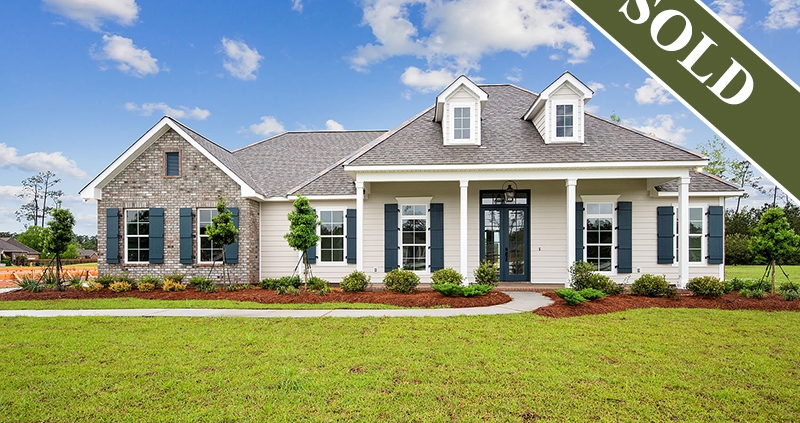
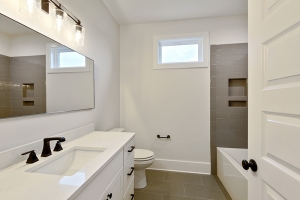 A home’s resale value is always important to a homeowner. Home renovations if done right and smart can make a huge impact on a home’s worth. Some homeowners are ready for a big project such as a kitchen or bathroom overhaul, but others do not have the time, resources, or energy to tackle these. If you are in the market to sell your home, some small projects can boost the value and time it takes to sell your home.
A home’s resale value is always important to a homeowner. Home renovations if done right and smart can make a huge impact on a home’s worth. Some homeowners are ready for a big project such as a kitchen or bathroom overhaul, but others do not have the time, resources, or energy to tackle these. If you are in the market to sell your home, some small projects can boost the value and time it takes to sell your home.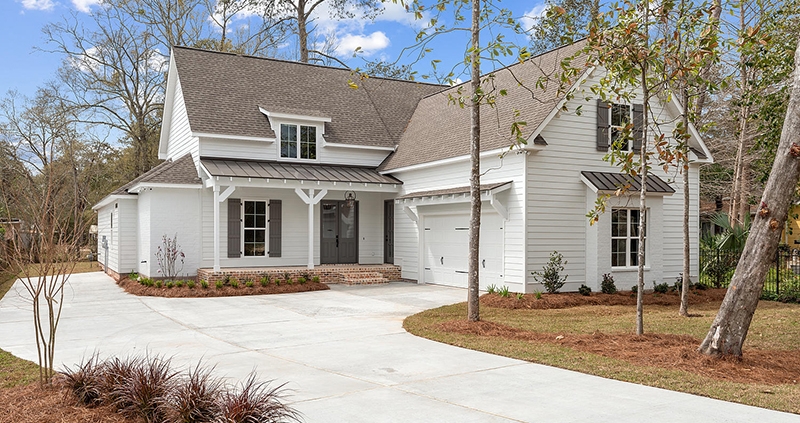
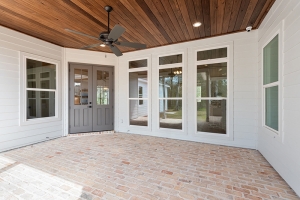 Mortgage Rates
Mortgage Rates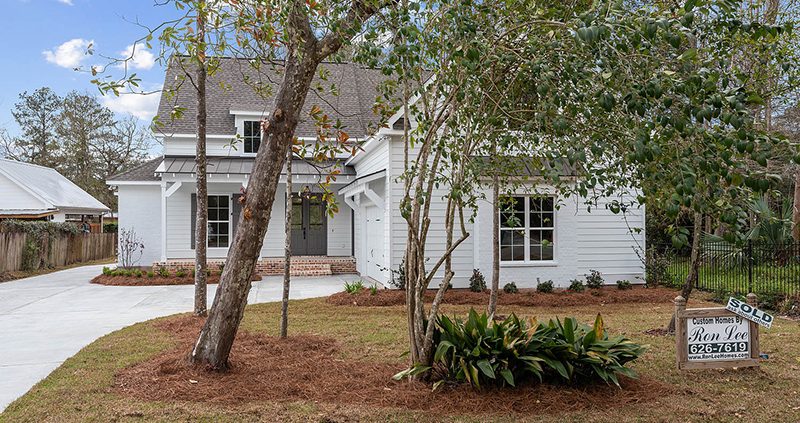
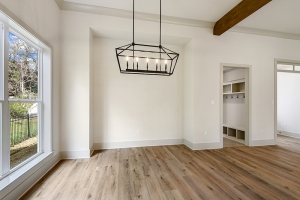 The
The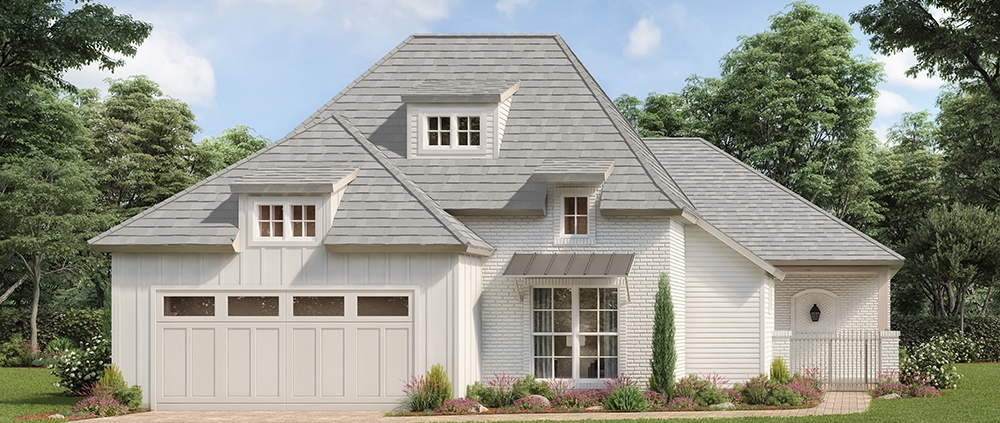
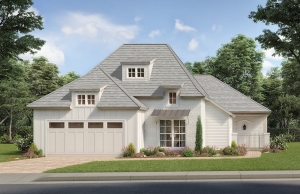 new construction homes now more than last year. The survey revealed that 40% of new construction buyers that were surveyed only were interested in new construction homes. Here is what has changed in a new construction buyer’s mindset in 2020.
new construction homes now more than last year. The survey revealed that 40% of new construction buyers that were surveyed only were interested in new construction homes. Here is what has changed in a new construction buyer’s mindset in 2020.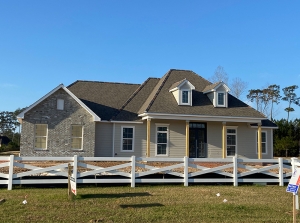 The
The 
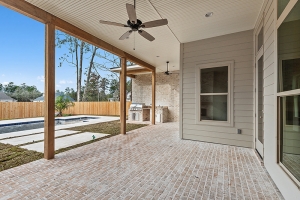 The recent pandemic has changed home owner’s points of view on many aspects of homeownership.
The recent pandemic has changed home owner’s points of view on many aspects of homeownership. 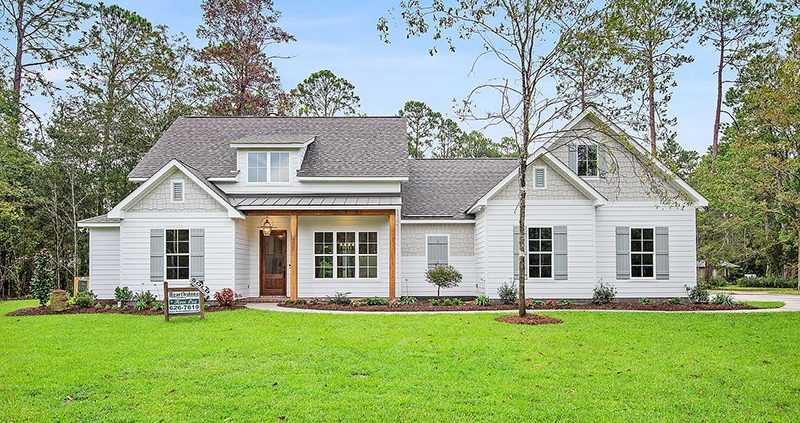
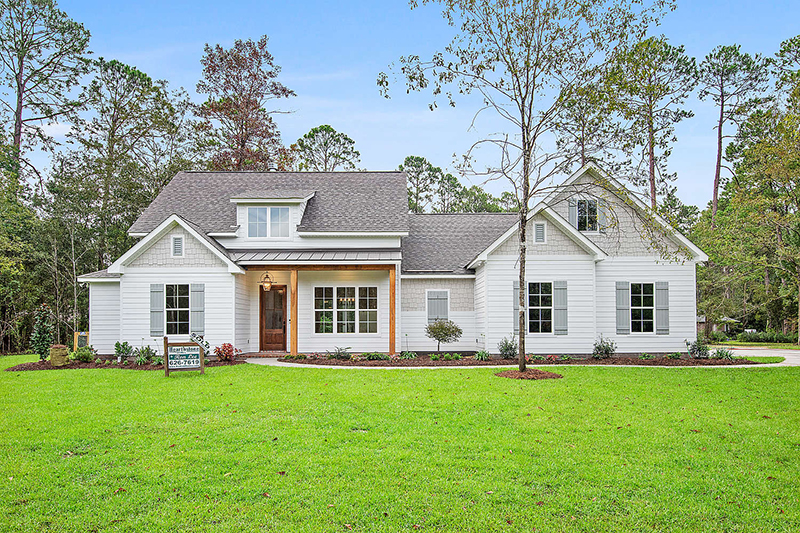 Little chores can add up to big results in your home, just taking one small task at a time can keep your house in check. Here is a great plan to follow that will help accomplish this.
Little chores can add up to big results in your home, just taking one small task at a time can keep your house in check. Here is a great plan to follow that will help accomplish this.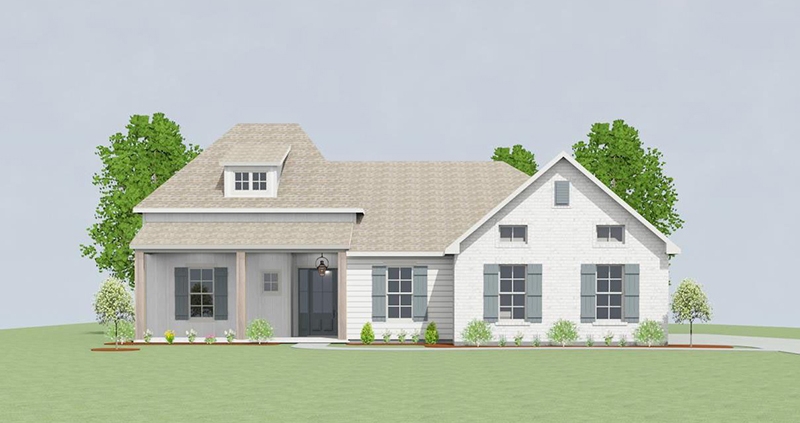
 The Fed has determined that rates will stay close to zero for several years to come due to the long recovery ahead from the pandemic. The key short-term rate was close to zero after the latest Federal Reserve policy meeting last Wednesday.
The Fed has determined that rates will stay close to zero for several years to come due to the long recovery ahead from the pandemic. The key short-term rate was close to zero after the latest Federal Reserve policy meeting last Wednesday.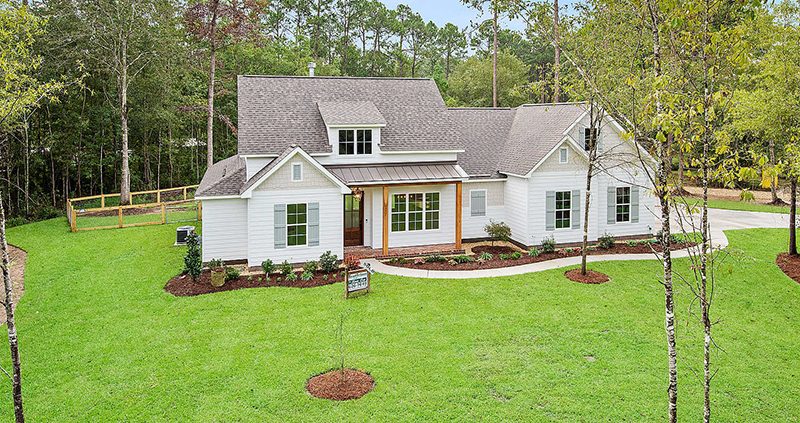
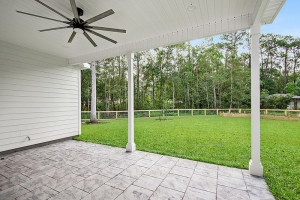 September 2020 brought a 10.2% increase over September 2019 in single-family permits issued year-to-date (YTD) according to the
September 2020 brought a 10.2% increase over September 2019 in single-family permits issued year-to-date (YTD) according to the 